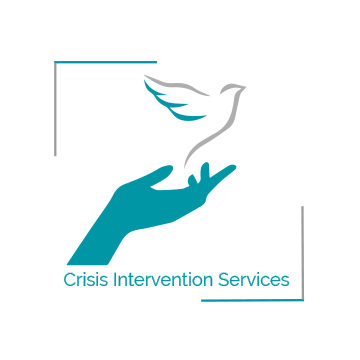Eyes And Ears Open- A Snapshot Guide For Teachers To Recognize Suspected Child Abuse

Written by Lela Devries
School is starting up again, here’s what our teachers and educators need to be aware of as students make the return to the classroom
In March of 2020, our world began to turn upside down as businesses began closing doors, events started cancelling, and school made the unprecedented shift to virtual and hybrid learning models. It was a time of confusion, frustration, and uncertainty for all- but for some another word came to mind: fear (and not just fear of COVID-19).
With families being forced to stay inside and transition to learning and working from home, there was a great fear of abuse at home occurring with little to no awareness being noticed. Especially for our children, this caused a lot of mental and physical trauma that went unseen due to the quarantines and stay-at-home orders. Now that schools are reopening their doors and families are making plans to send their kids back to school in-person, let’s share a few important notes to help our teachers and education professionals be aware and alert for this upcoming school year.
The Iowa Department of Human Services notes the following in establishing motive to investigate suspected child abuse:
- The victim is a child (anyone under the age of 18)
- The child is subjected to one or more of the categories of child abuse defined in Iowa Code section 232.68:
- Physical abuse
- Mental injury
- Sexual abuse
- Child prostitution
- Presence of illegal drugs in a child’s body
- Denial of critical care
- Dangerous substance
- Bestiality in the presence of a child
- Allows access to a registered sex offender
- Allows access to obscene materials
- Child Sex Trafficking
Teachers should carefully observe behaviors and physical signs that could potentially be linked to any of these categories. These signs are often discussed in more detail through credited trainings for schools and leaders, but these are a few of the most recognized signals:
- bruises, unusual marks, and cuts
- reoccurring broken bones or other major physical injuries
- burns (regardless of location or size)
- unusual discretion around adults
- missing class often
- accident-proneness
- inability to focus or pay attention
- poor academic performance
- increased agitation or anxiety
- hanging around school before and after class
- poor peer relationships
Our educators are trained to have best interests when it comes to a child’s well-being, so it is critically important for them to be active in these situations. In fact, did you know that teachers in all 50 states are required to report reasonable suspicions by law? If you are employed by a school district or other facility, talk to your administrators about how to report these suspicions, and ensure you are following all legal guidelines and school protocols.
Make sure other teachers and child care staff in your district/program complete any necessary trainings, certifications, and workshops pertaining to child abuse. These are often essential requirements to ensure all individuals are aware of current regulations, procedures, and measures to protect the child. Keep everyone up to date on trends, warning signs, and active steps for awareness. Taking those extra steps in professional development will not only benefit your educational experience, but it will provide concerned families peace of mind knowing their children’s safety is in caring and knowledgeable hands.
Prevention is going to be the biggest advocate in your district’s ability to aide in the efforts against abuse. Consider bringing in advocates and training consultants from government agencies or other abuse survivor-targeted groups to educate your staff on signs, legal obligations, and intervention strategies. These sessions can be very proactive with parents and legal guardians as well. Prevention is a community-involved initiative, so having the support branches to keep everyone informed and engaged is a benefit not only for the school, but for everyone.
To our teachers, child care and educational professionals, the main message here is that we strongly urge you to be engaged in connecting with all community tools, government agencies, and local nonprofits. These organizations are here to guide you and will provide you with all of the information you need for recognition, awareness, and action against abuse. Fulfill your requirements and obligations to ensure you know the steps to take if you suspect any abusive activity with a child in your class or group. This upcoming school year, don’t just focus on grades- add awareness to your own curriculum!
Related Articles
Related
Peace at the Playground
A Discussion to Help Keep “Child’s Play” Safe and Appropriate in Your Community Parks The community playground serves as a gathering place where children can be active and build their imagination through social interaction and physical activity. Play time is...
A Lesson from the G.O.A.T- Overcoming Fear and Speaking Out
Some things are more important than titles and medals- confidence and self-respect The Tokyo 2020 Olympics are happening right now and while the world’s eyes are on one incredibly talented member of the U.S. Women’s Gymnastics team, there’s another reason to find...
The Discussion on Social Violence- Why Our Kids Need to Understand What’s Happening
Recent events and tensions across the nation are forcing parents to ask the question, “do my children realize what’s really going on?” Children are so vulnerable to what they see and hear. As they grow and develop their own personalities, skills, and interests- every...

